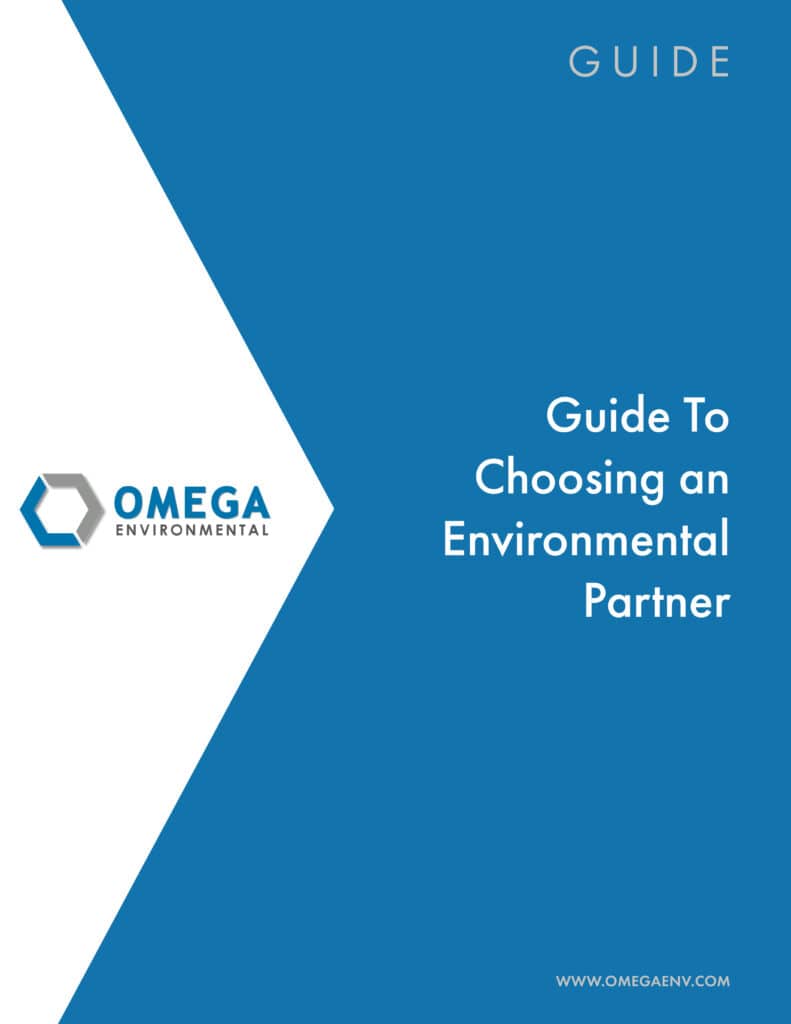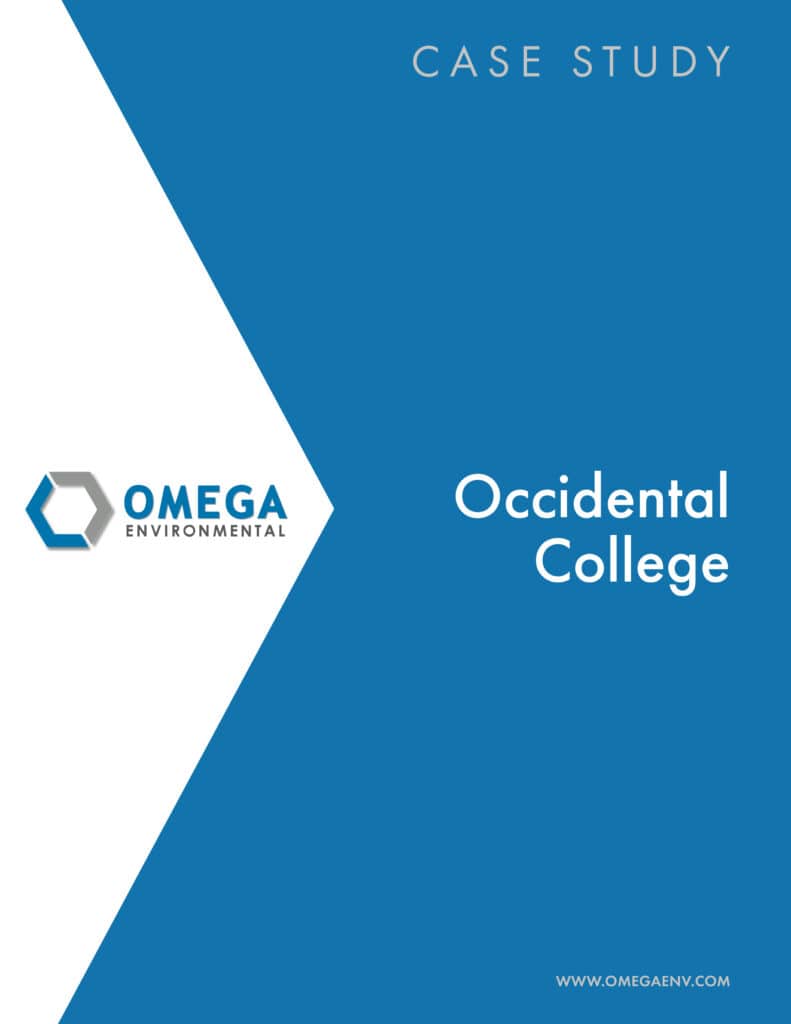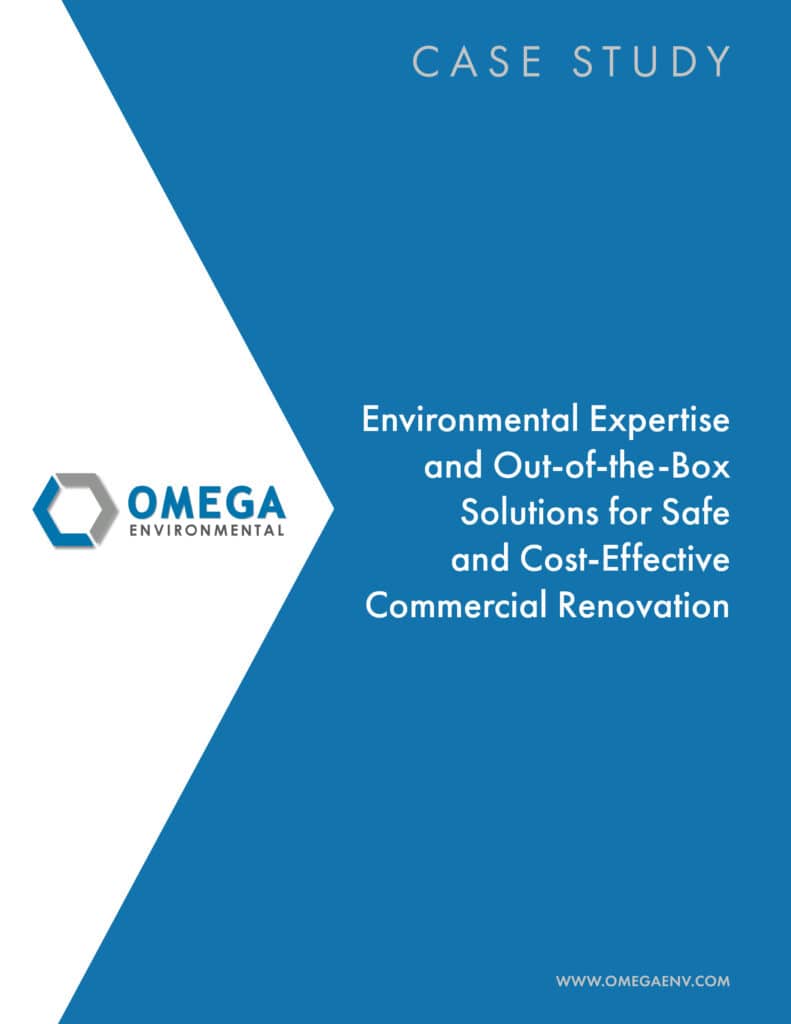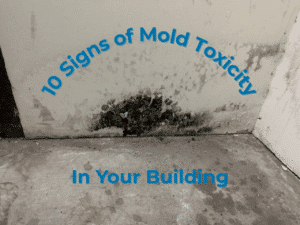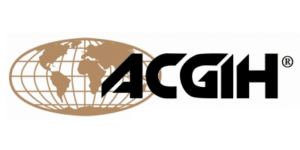Environmental Standards for Businesses: An Essential Guide

Why Environmental Standards Matter for Your Commercial Property
Environmental standards for businesses are the regulations and best practices governing how commercial properties manage hazardous materials, protect workers, and maintain safe indoor environments. For property managers, facility managers, and building owners, complying with these standards is critical to avoiding fines, reducing liability, and protecting the health of occupants.
Key areas of environmental compliance for commercial properties include:
- Hazardous Materials Management: Proper handling of asbestos, lead-based paint, PCBs, and mercury.
- Worker Exposure Control: Meeting OSHA standards for chemical exposure, crystalline silica, and other airborne hazards.
- Indoor Environmental Quality: Addressing mold, vapor intrusion, sewer gas, and wildfire smoke.
- Regulatory Compliance: Navigating EPA, OSHA, and state-specific requirements like Cal-OSHA.
These standards exist to minimize health risks and legal liabilities, applying to all commercial properties, especially during renovation, demolition, and construction. Non-compliance can lead to significant fines, work stoppages, lawsuits, and damage to your property’s value. More importantly, it puts people at risk of exposure to dangerous substances like asbestos fibers and lead dust.
The regulatory landscape is complex. Federal agencies like the EPA and OSHA set baseline requirements, but state and local jurisdictions, such as Cal-OSHA, often impose stricter rules. This variability makes it challenging to know which regulations apply to your property.
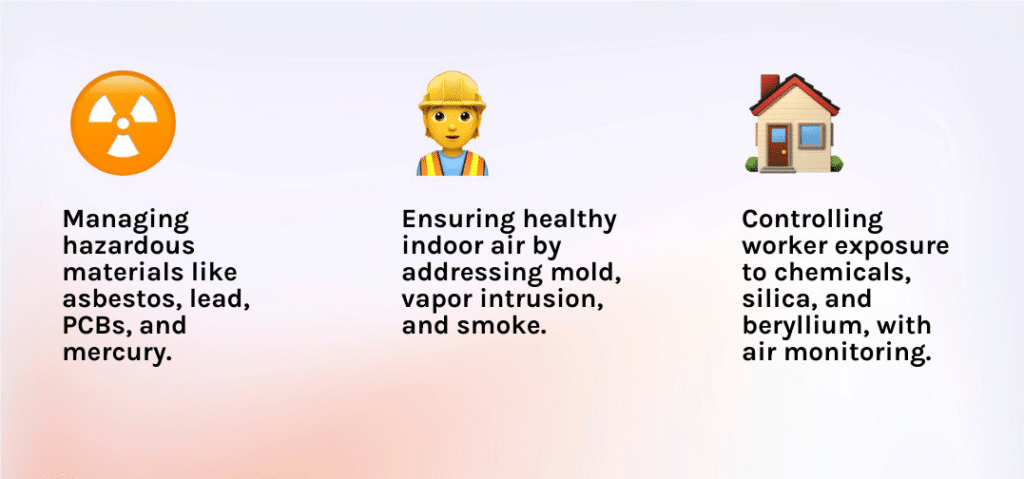
Core Environmental, Health, and Safety (EHS) Regulations for Commercial Properties
Understanding the maze of environmental regulations is simpler once you know the key players. The Environmental Protection Agency (EPA) sets standards for hazardous materials and air quality, while the Occupational Safety and Health Administration (OSHA) focuses on worker protection by setting exposure limits and requiring safe work practices.
However, federal standards are just the starting point. State agencies like California’s Cal-OSHA often enforce stricter regulations. A property manager in Los Angeles, for example, must comply with both federal and state rules as well as local regulatory requirements. This jurisdictional variability makes understanding environmental standards for businesses essential for protecting workers, avoiding fines, and preserving property value.
Hazardous Building Materials: Environmental Standards for Businesses

Many commercial buildings constructed before 1980 contain materials now classified as hazardous. These legacy materials pose serious health risks when disturbed during renovation or demolition.
Asbestos, a known carcinogen, was once prized for its fire resistance. The National Emission Standards for Hazardous Air Pollutants (NESHAP) requires a thorough inspection before any work that could disturb asbestos-containing materials. If found, certified professionals must perform removal using strict containment procedures. A Hazardous Building Materials Assessment identifies these risks before they become costly problems.
Lead-based paint is common in buildings constructed before 1978. Renovation activities like sanding or scraping release hazardous lead dust. OSHA requires specific training, protective equipment, and lead-safe work practices for workers who might be exposed. Understanding Lead Abatement Laws: Knowing When Action Is Required is crucial for compliance.
Polychlorinated Biphenyls (PCBs) are toxic chemicals found in older electrical equipment like transformers and fluorescent light ballasts. A warehouse renovation might uncover hundreds of these fixtures, each requiring specialized handling and disposal.
Mercury-containing equipment, such as older thermostats and fluorescent tubes, contains a neurotoxin that is released if the item breaks. Many facilities now maintain recycling programs for these items to prevent contamination and protect workers.
For a comprehensive look at these hazards, see The Ultimate Guide to Hazardous Materials in Old Buildings.
Environmental Standards for Businesses: Worker and Occupant Hazardous Materials Exposure
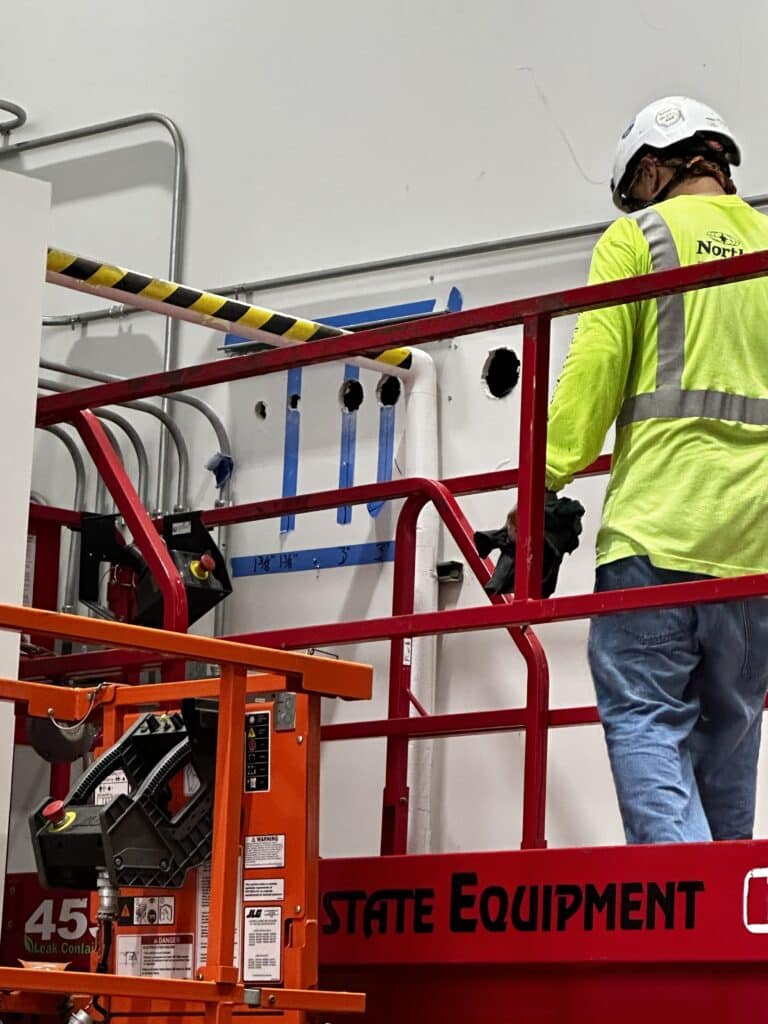
Controlling exposure to chemicals used in daily operations is just as important as managing building materials. OSHA establishes these standards to protect workers.
Chemical exposure limits, known as OSHA’s Permissible Exposure Limits (PELs), specify the maximum concentration of chemicals workers can safely breathe. Facilities must use controls like ventilation to stay below these limits, with air monitoring to confirm effectiveness. A Chemical Exposure Risk Assessment helps manage these risks proactively.
Respirable Crystalline Silica (RCS) is a fine dust created when cutting or grinding concrete, brick, or stone. Breathing this dust causes silicosis, a fatal lung disease. OSHA’s silica standard requires controls like water suppression or ventilation during these activities. Our article on the New Crystalline Silica Rule: 3 Questions Answered clarifies these requirements.
Beryllium standards apply to specialized industrial operations. Facilities in these industries face strict exposure limits and medical surveillance requirements for workers.
Workplace Exposure Monitoring Protects Your Workers and Business by providing data to prove your controls are effective.
Indoor Air Quality (IAQ) and Contamination
Poor indoor air quality can drive tenant complaints, reduce productivity, and create liability. Several contamination sources require attention.
Mold and moisture from leaks or floods can grow quickly, releasing spores that trigger respiratory issues. The solution is to fix water intrusion immediately and professionally remediate any growth. Ignoring moisture means When Moisture in Your Building is Costing You more than just repair costs.
Vapor intrusion is an invisible threat where chemicals from contaminated soil or groundwater migrate into indoor air. This is common on properties with historical industrial uses, like a former dry-cleaning site. Testing and mitigation are essential. Learn more in our resources on Vapor Intrusion.
Sewer gas, containing toxic hydrogen sulfide, can infiltrate buildings through faulty plumbing. A persistent sewage odor signals a potentially dangerous leak requiring immediate investigation. Our guide on Preventing, Detecting Deadly Threat of Sewer Gas Exposure provides essential information.
Wildfire smoke intrusion is a growing concern in fire-prone regions. Smoke degrades indoor air quality and threatens health. During wildfire season, property managers may need to upgrade HVAC filtration and seal building envelopes to protect occupants. Protecting Workers Exposed to Wildfire Smoke offers practical strategies.
A Practical Guide to Managing Environmental Standards for Businesses
A proactive approach to managing environmental standards for businesses protects your property value, reduces costs, and creates a safer environment. Think of it as preventative maintenance for your property’s regulatory health. Successful property managers treat environmental compliance as an ongoing process, not a one-time task.
Step 1: Conduct Comprehensive Site Assessments
You can’t manage what you don’t know. Comprehensive site assessments identify specific hazards at your property before they become problems. A building’s age, construction materials, and history create a unique environmental profile.
A Phase I Environmental Site Assessment is a common starting point. It investigates a property’s history to identify past uses, like a gas station or dry cleaner, that might have left behind soil or groundwater contamination.
For existing buildings, especially those built before the 1980s, it’s crucial to identify hazardous building materials like asbestos or lead-based paint before renovation. Finding these materials during planning prevents costly work stoppages and dangerous exposures.
Industrial hygiene surveys evaluate ongoing workplace exposures to chemical vapors, airborne dusts like silica, or biological hazards like mold. The Complete Guide to Industrial Hygiene Assessments explains what these evaluations entail. These assessments often pay for themselves; our article on Ways an Environmental Assessment Can Save You Money details how this investment protects your bottom line.
Step 2: Develop and Implement a Compliance Program
Once you know your hazards, you need a structured plan to manage them. A compliance program is your roadmap for meeting regulatory requirements.
Employee training is your first line of defense. Your staff and contractors need to understand the hazards they might encounter and how to work safely. For properties with significant hazards, specialized training like HAZWOPER certification may be necessary for workers who respond to spills or uncontrolled releases of hazardous materials. Our article Does Your Organization Need a HAZWOPER Supervisor? can help you determine your needs.
Your program also needs clear emergency planning and response procedures for incidents like a chemical spill or asbestos disturbance. Having written, practiced procedures can turn a potential crisis into a minor incident.
Documentation and record-keeping are essential for proving your compliance efforts to regulators. Maintaining organized records of training, inspections, and monitoring data demonstrates your commitment and can reduce penalties if violations are found. As detailed in this case study, Industrial Hygiene Expertise Keeps Difficult Renovation Project on Track, systematic compliance management prevents delays and protects everyone involved.
Step 3: Use International Frameworks and Best Practices
Adopting international frameworks can make your environmental management more strategic.
A valuable resource is the World Bank Group’s Environmental, Health, and Safety (EHS) Guidelines. These represent “Good International Industry Practice” (GIIP) and provide excellent benchmarks for any commercial property. The guidelines cover occupational health and safety, hazardous materials management, and emergency preparedness, offering best practices that often exceed minimum compliance.
Working with consultants who understand both regulations and best practices makes implementing these frameworks manageable. This expert-guided approach is part of what we discuss in Trusted Environmental Experts: Navigating Risk Assessments. By systematically assessing risks and building a solid program, you can transform environmental management from a burden into a strategic advantage.
The Benefits of Proactive Environmental Compliance
A proactive approach to environmental standards for businesses is a strategic investment in your commercial property’s long-term success. The benefits extend from your financial statements to your market reputation.
Proactive compliance helps you avoid costly regulatory penalties, work stoppages, and legal fees. It also significantly reduces liability exposure from potential lawsuits by workers or tenants affected by hazardous materials or poor indoor air quality. A documented history of environmental diligence is a powerful defense.
Understanding the Financial Impact of Upholding Environmental Standards for Businesses
The financial benefits of meeting environmental standards for businesses go beyond avoiding penalties. Proactive management often pays for itself through cost reduction, improved efficiency, lower insurance premiums, and a competitive advantage.
- Cost Reduction: Efficiently managing hazardous materials can lower expenses related to their purchase and specialized disposal.
- Operational Efficiency: Reviewing processes can lead to using less hazardous products, which can lower material costs and the need for specialized disposal.
- Lower Insurance Premiums: A documented environmental management system presents lower risk to insurers, potentially reducing premiums.
- Competitive Advantage: A strong environmental track record attracts high-quality corporate tenants who have their own safety requirements.
The Role of Guiding Principles in Business Practice
Several principles underpin environmental law and help property managers make better decisions.
- The Polluter Pays Principle: Whoever causes environmental damage bears the cleanup cost. Critically, you can inherit liability for contamination left by a previous owner, making pre-acquisition due diligence essential.
- The Precautionary Principle: This encourages proactive risk management. It means taking protective action when there’s a suspected risk, even without absolute scientific certainty.
- Environmental Justice: This principle focuses on the fair distribution of environmental burdens. For commercial properties, it has practical implications for community relations, such as considering how operations impact neighboring areas.
Integrating these principles into your Environmental Management approach demonstrates a commitment to responsible property stewardship.
Navigating the Challenges of Environmental Standards for Businesses
Managing environmental standards for businesses has its challenges.
- Jurisdictional Variability: Federal, state, and local agencies have different rules, creating a complex patchwork of regulations for properties in different locations.
- Staying Updated on Regulations: Environmental laws evolve, and without a system to monitor changes, you can fall out of compliance.
- Data Collection for Reporting: Regulations require detailed documentation, which can be a significant administrative burden, especially for smaller companies.
- Compliance During Construction: Renovation and construction activities often disturb hazardous materials like asbestos and lead paint while creating new hazards like silica dust. These projects require careful coordination and monitoring, as highlighted in our article on Construction Site Dust Monitoring Keeps Projects Safe and Compliant.
These challenges are manageable with the right expertise and systems.
Frequently Asked Questions about Environmental Compliance
When is a Phase I Environmental Site Assessment required for a commercial property?
A Phase I ESA is a crucial step in many commercial property scenarios. You will almost always need one for:
- Commercial Real Estate Transactions: Buyers, lenders, and investors require a Phase I ESA to understand environmental liabilities before committing capital. An assessment can identify issues like historical contamination that could lead to costly cleanups.
- Property Development: Before breaking ground, you need to know if previous site uses, such as a former gas station, left behind contamination that could affect construction or future tenants.
- Refinancing: Lenders often require a current Phase I ESA to assess environmental risks that could affect the property’s value as collateral.
- Change in Land Use: Converting a property to a new use, such as an old warehouse into offices, warrants an assessment to confirm the site is safe for its new occupants.
To get the legal protection you need, it’s important to know Who Can Perform a Phase I Environmental Site Assessment?.
What are the biggest compliance risks during a building renovation?
Renovation projects are a hotbed for environmental compliance risks because they disturb materials that have been dormant for decades. The biggest risks include:
- Disturbing Asbestos-Containing Materials: In buildings constructed before the 1980s, asbestos may be present in tiles, insulation, or roofing. Demolition can release these carcinogenic fibers into the air, requiring work stoppages and costly abatement.
- Lead-Based Paint Dust: Sanding or scraping surfaces in properties built before 1978 can create hazardous lead dust, which poses a risk to workers and occupants. Regulations for managing lead during renovations are strict.
- Silica from Cutting Concrete: Cutting or grinding concrete creates respirable crystalline silica dust, which can cause fatal lung disease. OSHA’s silica standard requires specific dust controls and respiratory protection.
- Chemical Exposure from New Materials: New paints, adhesives, and flooring can release volatile organic compounds (VOCs), leading to poor indoor air quality and tenant complaints.
Our resources on Renovation and Demolition can help you plan for these challenges before they become problems.
How do I know which OSHA standards apply to my facility?
Figuring out which of OSHA’s many regulations apply to your commercial property can be daunting. The applicable standards depend on several factors:
- Industry Type: OSHA has different standards for different sectors. Construction sites follow different rules than general industry settings like office buildings or manufacturing plants.
- Specific Activities Performed: Different operations trigger different standards. For example, if your staff performs welding or enters confined spaces to service equipment, specific rules apply.
- Hazardous Materials Handled: If you use or store hazardous chemicals, you need a written Hazard Communication Program. If workers could be exposed to specific substances like asbestos or lead, substance-specific standards with requirements for monitoring and record-keeping apply.
My honest advice: consulting with an industrial hygienist is the most reliable way to determine which OSHA standards apply to your facility. A professional can perform a walkthrough and provide a compliance roadmap custom to your operations. For more guidance, explore our OSHA resources.
Partnering for Proactive Environmental Compliance
Managing environmental standards for businesses is an ongoing commitment to protecting people and property. As we’ve covered, a proactive approach is your best defense against risk. It helps you avoid fines and legal issues while protecting your investment, maintaining property value, and creating a safer environment for workers and occupants.
The reality is that environmental compliance is complex and constantly evolving. Federal, state, and local regulations create a challenging landscape for property managers to steer alone. Without specialized expertise, your business is at unnecessary risk.
This is where the right environmental partner makes a difference. At Omega Environmental Services, we help property managers and building owners across the U.S. tackle their environmental challenges. Based in Southern California with multiple offices nationwide, we provide services throughout the US, we bring local knowledge and broad expertise to diverse industries. We don’t just run tests and deliver a report; we partner with you to develop practical, cost-effective solutions. That’s The Advantage of Using an Environmental Partner Instead of a Vendor—you get expertise invested in your success.
If you’re ready to take control of your property’s environmental risks, the first step is to understand what you’re dealing with. Our comprehensive Site Assessments provide a clear picture of your property’s condition and a foundation for a solid compliance program.
With the right partner, you can transform environmental compliance from a source of stress into a strategic advantage.

